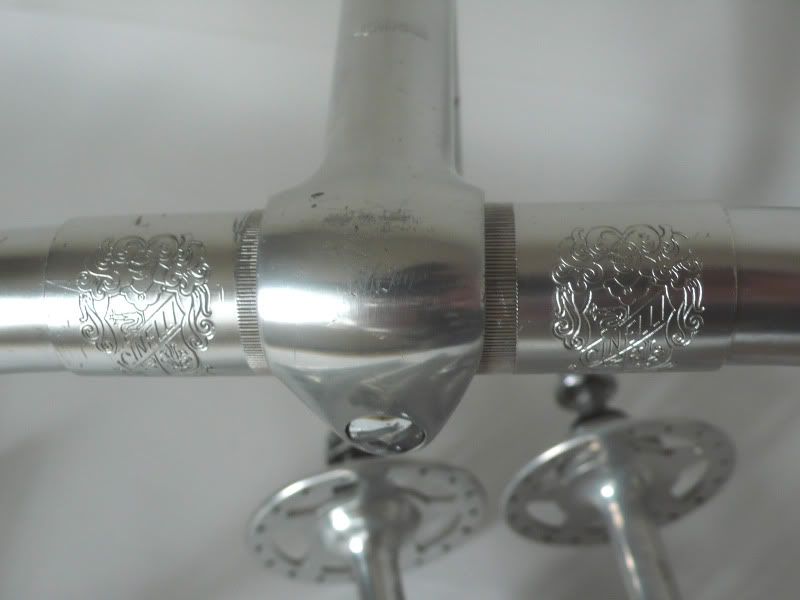
E-commerce, once the buzzword of online marketing, is so cheap now that any potential merchant can add credit card services to their page for a minimal monthly fee. For access to a bigger marketplace, stores can list on mammoth sites like eBay, Etsy, CD Baby, or Amazon.com. Locally traffic to online auction powerhouse TradeMe accounts for 50% of all web traffic in New Zealand. But to do business with Rene Spudvilas it's very simple. Email him.

Actually Rene, who deals in rare Japanese bicycle frames, initially began selling on eBay, with immediate success. "I only started after selling my own frame on USA eBay, which was the first Keirin frame I bought after moving to Japan. That frame was the 3rd most watched item in the world for sports category, and I got so many emails asking if I could find more for potential buyers." But he quickly got turned off, "After that I bought a few more frames to sell, but wanted to avoid eBay, because I did not like their fees." Avoiding the generic experience, poor customer service, and anonymous feel of large online marketplaces, he set out for himself. Rene realised how unique his product and his clientèle was, and decided to capitalise on it, "even if I only had a small blog, fans would find it, simply because no other search results would come up on google, if anyone typed *keirin* or *njs frame* etc..."


Spudvilas continues the DIY aesthetic throughout all aspects of his business. He takes photographs of the products himself, with close-ups of what his customers are really interested in. Descriptions forsake corporate speak, personally endorsing products or using more fan-boy terminology. Some products he uses himself "on my daily ride", others are "super sexy old school". Suppliers are really just friends with hand-crafted goods that he can vouch for. His latest product line is from Kishiguchi Yo, "one of my first friends in Japan, who grew up around a lot of pro keirin riders."

Local record label CMR continues in this same vein. Specialising in "Limited edition lathe-cut records, vinyl records and CDs", the site consists of a long list of albums. Reviews are long, eloquent affairs lifted from other sound magazines and distributors worldwide: The Wire, Tofaki, Incursion, Earpiece. The catalogue is rigorously updated and posted in plain text to alternative audio culture mailing lists such as New Zealand's AF (Audio Foundation) list.

Dusty Klein's Cadence Clothing fashion line is a one-man operation that he intends to keep that way. Quality is handmade and meticulous, but also allows for chance and "variants between pieces." Escaping the managerial and ethical dilemmas of offshore clothing factories, production is done in "small, detail-oriented runs." A relatively new company, Klein has intentionally limited his expansion, "believing that growth is not a necessary means of success." Promotion is organic, Klein photographing or filming riders that wear his apparel, and posting these on YouTube or Flickr photosets with titles like "Seattle respect".







